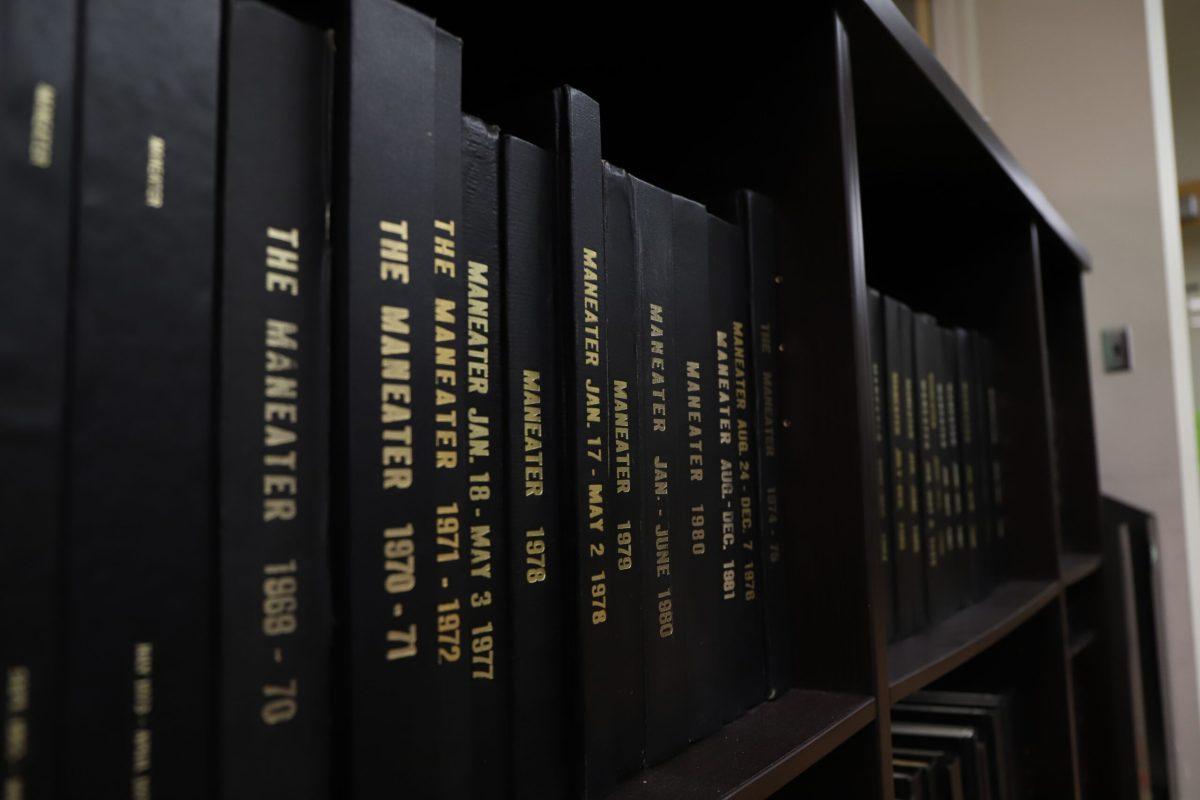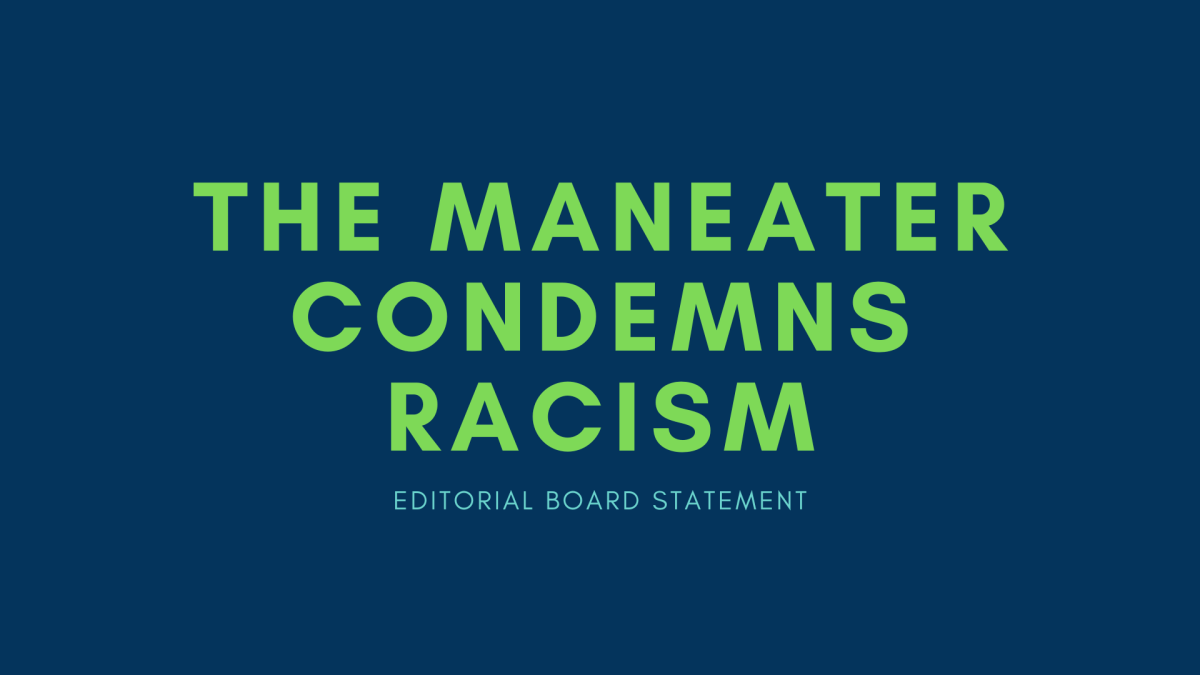The Columbia Missourian just took a step away from being a resource for student journalists toward acting as a potential hindrance to job opportunities.
Last week, the Columbia Missourian implemented a paywall system that restricts content to a 24-hour window, after which it is only available to members paying $5.95 a month. Several papers have been forced to use similar models, but the Missourian isn’t a normal paper.
A paper that is largely supported by unpaid student writers and exists for their benefit now hinders those students from accessing their own work and making it available to potential employers. What’s more, it takes away the real, community-based audience that makes the Missourian what it is.
Paywalls almost always lead to a decrease in readership. In a community where the Missourian is already competing with other newspapers, it can’t afford to thin its audience.
By charging for content, it puts itself on par with the Columbia Daily Tribune, which has had a 10-story paywall since December 2010. When no news is free, readers are likely to choose a professional organization with long-term beat reporters over a paper whose student staff turns over each semester.
If the Missourian’s readership shifts to the Tribune, students lose. They lose the feedback and recognition a community audience offers. They lose the real-world writing experience that, in many cases, made them choose the Missouri School of Journalism.
They lose the Missouri Method.
To add insult to injury, students will have to pay for their own stories to send to potential employers and to archive for themselves. These students already paid tuition and fees to work at the Missourian and were not compensated for their work.
We don’t doubt the Missourian editors see just cause for a paywall, but, at the very least, they should allow their writers see their own work for free.
According to the Missourian’s explanation of its decision to implement a paywall (which, after 24 hours, became unavailable to the public), it is the first general purpose newspaper in the country to adopt a 24-hour access period.
It’s difficult to understand the logic behind a 24-hour wall. If the Missourian had implemented a 10-story wall instead, like the Tribune, potential employers wouldn’t be opening MU students’ job applications just to be led to a page asking for $5.95.
That isn’t fair to students. To have them write for free, pay to access their own work and then to complicate the job application process accomplishes the opposite of what the Missourian is meant to do.
Furthermore, we wish the paper had been more transparent with its apparent financial trouble. In its jump to a paywall, the newspaper didn’t leave much background — How deep was the paper in trouble? And how did it reach this point?
If, somehow, there is a need for an increase in funds for the Missourian, a class fee might be a better option. Students could end up being the majority of members anyway; by transferring the fees to students, the paper could maintain funds without losing its readership.
The bottom line here is that the Missourian didn’t weigh the cost against its students’ needs. If it had, the paywall either wouldn’t exist or would be a different model.
An entity within the J-School shouldn’t be keeping student journalists from having real-life experiences; that’s the premise of the Missouri Method. The Missourian’s decision will only be negative for students and the community. We’re a better J-School than that.










